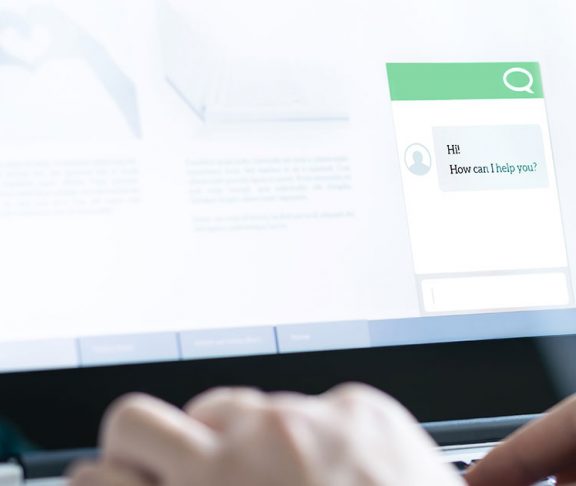
Oded Karev
General Manager, NICE Robotic Automation Solutions
Businesses struggling to keep up with rapidly changing tech landscape may get an unexpected boost from artificial intelligence, chatbots, and other automated assistants.
We are living in complex and uncertain times. Global competition is relentless and customer expectations are higher than ever while the speed of technology change threatens to leave people and businesses behind. COVID-19 did not create these challenges, but it has amplified them.
As they wrestle with myriad cost, operational, and customer service challenges, many enterprises are turning to RPA, Artificial Intelligence (AI), and other intelligent automation and analytics technologies to alleviate operational pressure and fuel more personalized customer experiences.
Getting workers engaged
From an employee perspective, there is a high level of boredom and disengagement when performing mindless, clerical work. For most contact center or back office agents, a large portion of their daily work is routine-driven and repetitive, which could lead to many errors in field entries, calculations, or processing. When considering an automation tool, the employee is a critical factor in terms of how the tool can service and empower them. Ultimately, engaged and empowered employees lead to better customer experiences.
Intelligent virtual assistant tech such as NEVA (NICE Employee Virtual Assistant) is designed to enable employees to deliver exceptionally intuitive and personalized customer experiences in real-time. Attended robots (like NEVA) reside on the employees’ desktop, monitoring their real-time actions such as mouse clicks and keyboard strokes, with the ability to pop up at just the right moment during a live customer interaction to offer the employee contextually relevant assistance.
Automating data intigration
What’s more, attended bots are natural integrators and can communicate with the organization’s systems and applications. For example, when there is an incoming customer call, the attended bot will immediately identify who the customer is, and the type of assistance that the customer needs, based on their Interactive Voice Response (IVR) selection.
Before the employee answers the customer’s call, the attended bot has already provided the employee with a summary of the relevant information in an interactive chat screen and step by step process guidance with next best action advice to proactively address the customer’s needs. During the call, the employee can ask the attended bot to source additional information, run background checks, perform calculations, or automate tasks in real-time. Not only does this enable the employee to provide immediate and real-time responses to the customer, but it keeps the employee focused on the interpersonal aspect of the customer interaction rather than administrative tasks.
Getting personal
The availability of rich data and speech analytics enables the virtual attendant to assist the employee with a deeper real-time understanding of the customer by prompting the employee with real-time guidance on how best to respond to a customer cue at any given moment. An example of real-time guidance that an employee may receive from an attended bot could be to alert an employee to an upsell opportunity, at just the right moment, which will naturally impact the organization’s bottom line.
As the virtual assistant interacts and assists the employee, it also collects desktop and operational data. This data allows the organization to further enhance the level and personalization of assistance which is provided to the employee by the desktop robot.
Perhaps most importantly, COVID-19 is highlighting how automation and AI can empower people rather than shutting them out from work opportunities. RPA & AI enable the enterprise to scale automation, achieve massive efficiencies, and ultimately deliver better experiences for employees and customers alike. Far from being a threat to the human workforce, this technology will be a boon.
This article has been paid for by NICE Robotic Automation.

